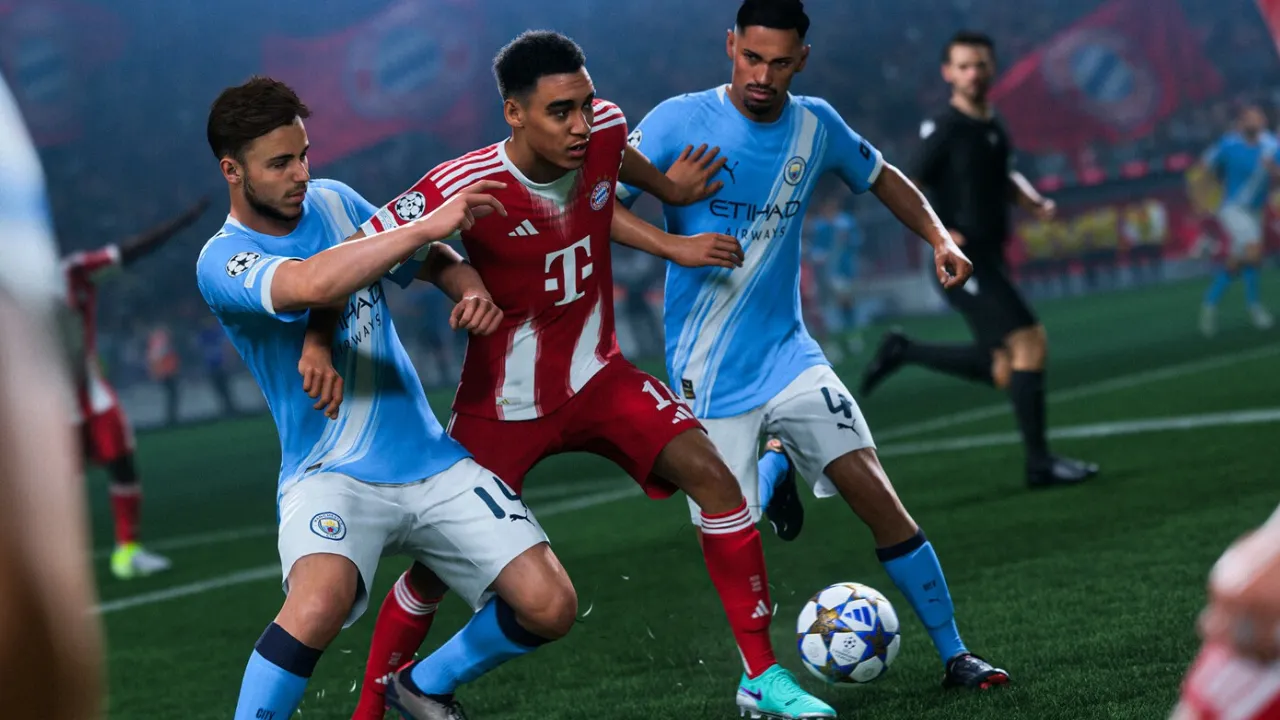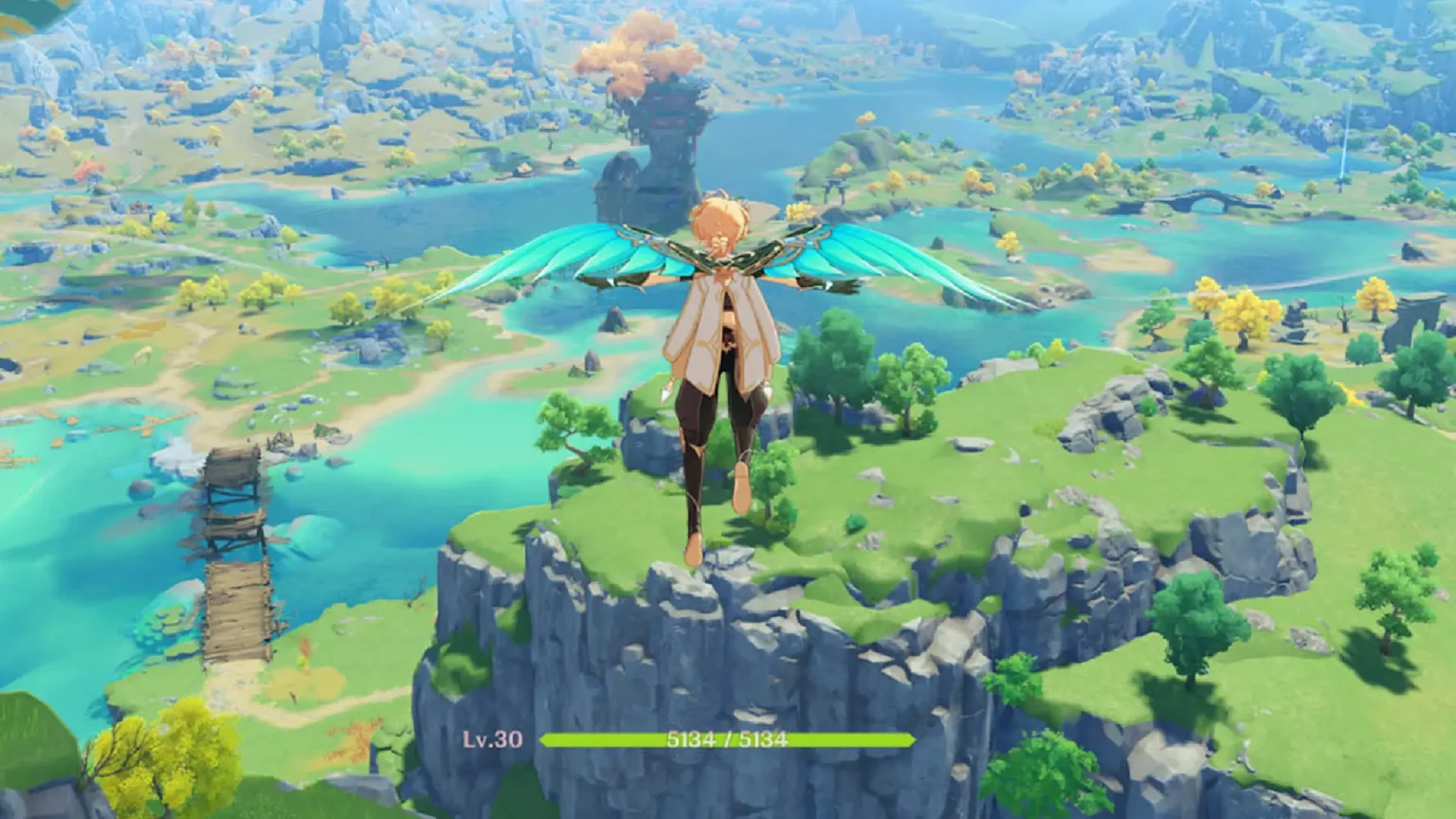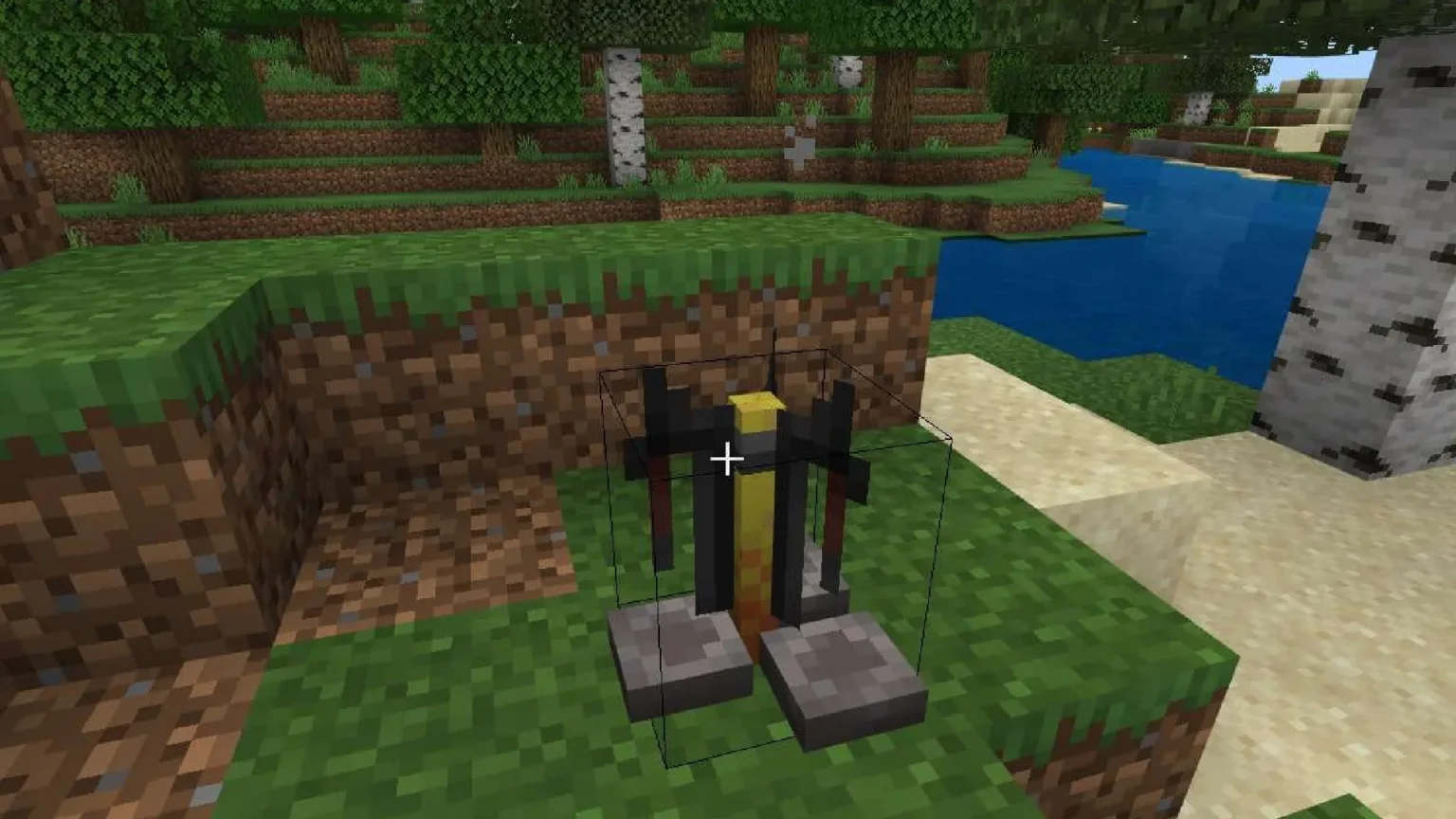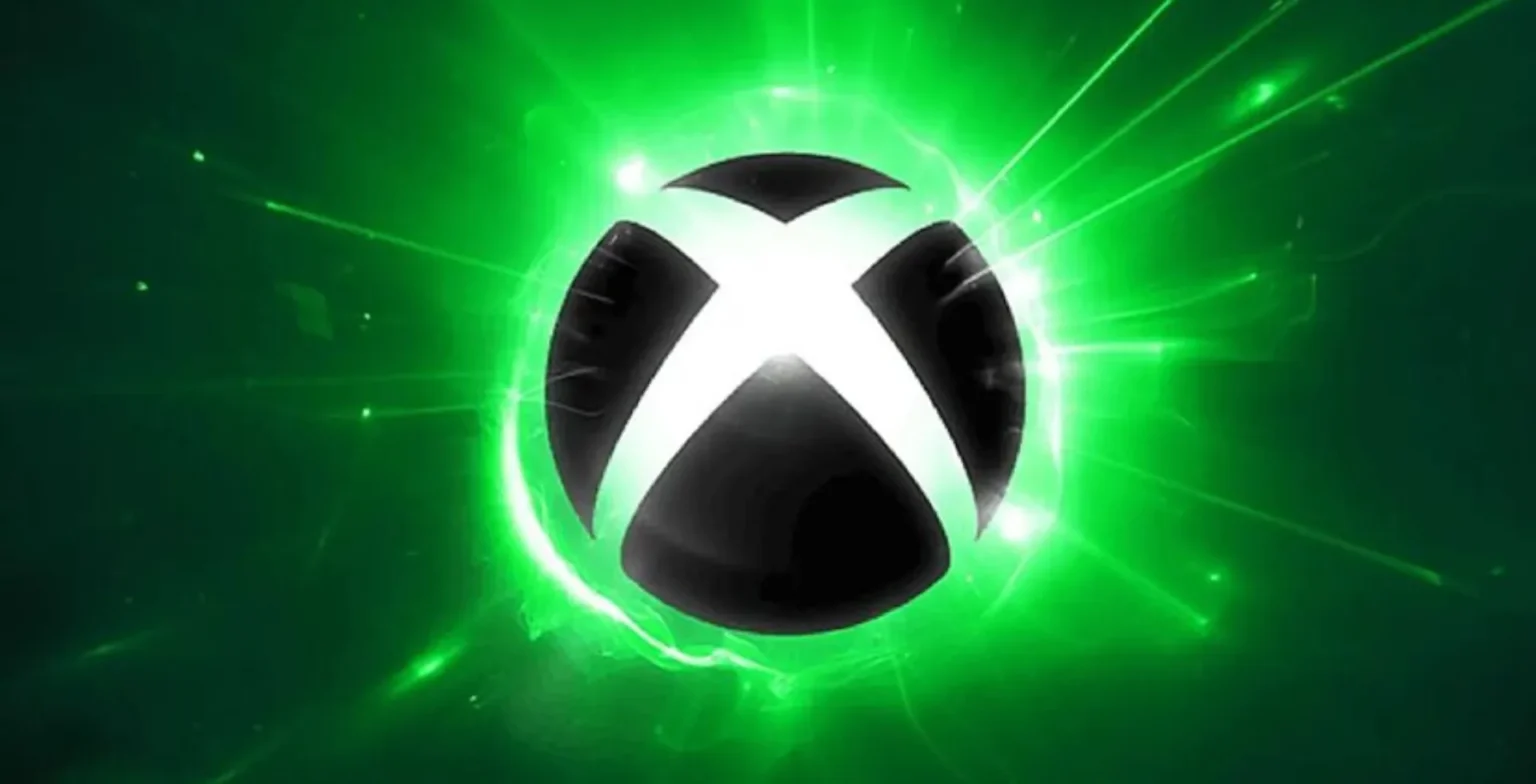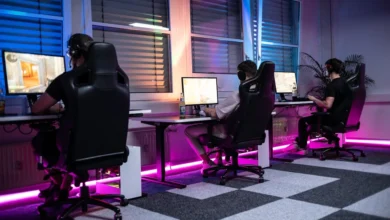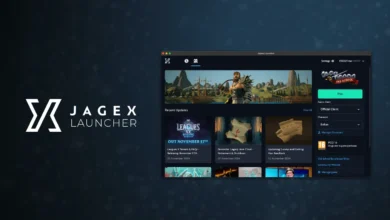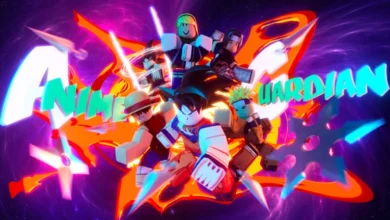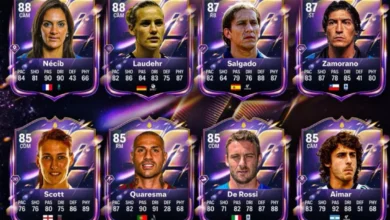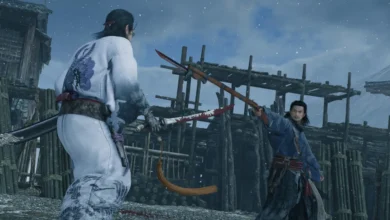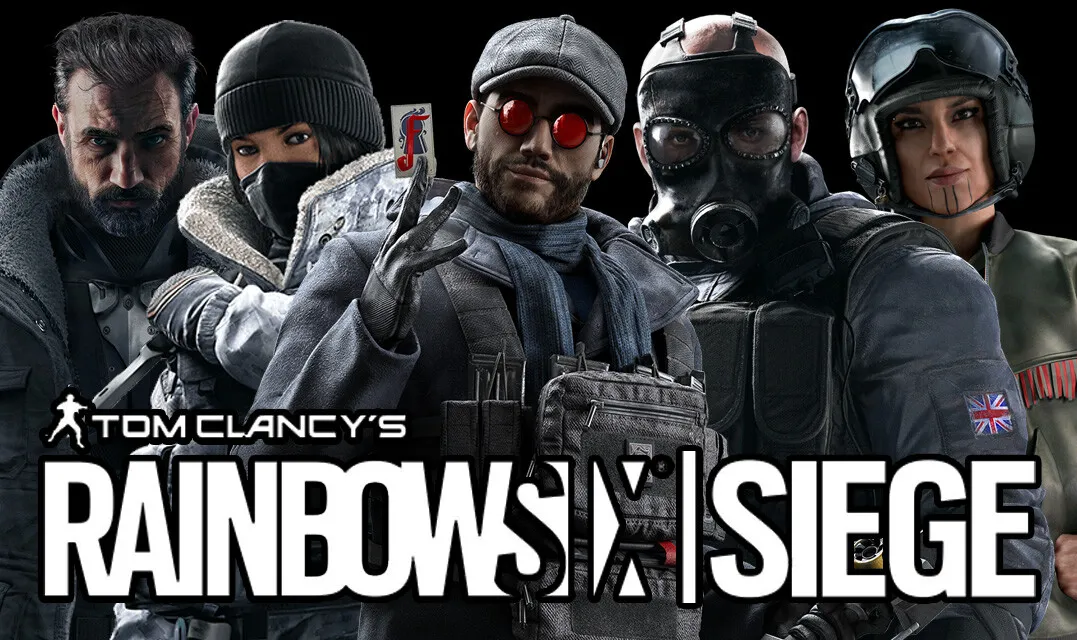
Rainbow Six Siege is known to be one of the most powerful tactical first-person shooter games in the gaming industry today. Ever since its first publication in 2015, by Ubisoft, the title has remained a leader in strategy-based gameplay.
Unlike most conventional shooters that are fast-paced and based on reflexes, Rainbow Six Siege has built its foundations on the ideas of planning, coordination, and tactical awareness.
This strategic and realistic emphasis is the main reason why it was and still remains a long-term member of the competitive gaming ecosystem in the global context.
The Legacy of a Tactical FPS
Rainbow Six Siege was created in such a way that it is a conscious break from the first-person shooter formula. In most of the competing titles, the players are rewarded by constant running, fast engagements, and reflexive dominance.
Siege had turned down this model in favor of a more deliberate, more methodical approach in which each action has a weight and impact. Players cannot go into battle quickly; they have to study the battlefield, learn about goals, and make decisions not out of emotion but out of accuracy.
One of the most significant innovations that was such an ingredient in this legacy was the establishment of an entirely integrated system of destruction. Rainbow Six Siege can change the environment in real time, which is unlike the static maps that are observed in other games.
Walls may be broken with explosives, floors may be destroyed to form vertical lines of sight, and ceilings may be opened to uncover concealed defenders. It is this mechanic that made every match a dynamic puzzle and required strategies to be able to adjust to changing terrain.
Even a defensive stance, which seems to be strong at the start of a round, can be broken in a few seconds through a carefully aimed breach charge. On the same note, attackers cannot be assured to get predictable points of entry, as defenders may modify structures, strengthen the walls, or introduce rotation holes to interfere with the normal tactics.
The destruction systems also helped in bringing out the kind of realism that Ubisoft was aiming to achieve. In the real world of battle, things are never the same, and Siege has managed to do the same.
This realism brought a touch of immersion to the game, and players took every face-off with care and concern. The need to strategize and the flexibility of the environment put Rainbow Six Siege on the next level of being just a shooting game rather than a complex simulation of a real-world tactical operation.
Another characteristic of the legacy of the game is its replay value. Matches never feel the same since the player choices, operator choices, and map destruction give every possible variation. One map can provide dozens of possible strategies based on the type of composition the teams are and which approach they are taking.
Such a high degree of variation will also guarantee that the long-term players have not gotten bored, as the learning curve is boundless. Without having to build up to a plateau after learning the fundamentals of the mechanics, players continuously perfect their strategies and acquire new tricks, and cope with changing meta-shifts that updates bring.
This design has been reflected in the increase in the number of players. Released in 2016, Rainbow Six Siege has seen a total of millions of users in various parts of the world, and still proves to be consistently popular despite the presence of new shooter franchises.
The high tactical focus has led to its distinct market niche in which Siege remains the market leader. Other titles become obsolete after several years, but Siege has stood the test of time because of its exclusive combination of realism, flexibility, and novelty.
Rainbow Six Siege cannot be given credit, however, for creating a legacy on temporary popularity and rather on sustainable innovation. The game has become one of the most significant tactical shooters of the contemporary period by emphasizing realism, strategy, and replayability. It has reinvented what the genre could do and is still affecting future titles that are trying to repeat its fame.
Teamwork and Strategy Focus
Teamwork in Rainbow Six Siege is not an additional feature; it is the main mechanism by which a team wins or loses. In contrast to other first-person shooters, in which a particularly skilled person can frequently win the scoreboard, Siege negates the prospect of a single individual leading a match.
The mechanics have been made in a manner that dependency on other players is compulsory. The capability of every operator is also situational, i.e., it must be combined with others to achieve full potential. The structure is such that victory is never an individual performance but a group accomplishment.
The attackers start each round with reconnaissance. Small drones are used to search the map, find the position of the enemy, traps, and ensure the location of the objective is deployed. When one does not have proper intelligence, he/she must not hurry in rushing to the fortress of their defenders because they will fail.
One opponent that is missed or one trap that has not been found can cause a whole team to be killed in a matter of seconds. Attackers, thus, should be able to share discoveries on the fly, strategize on their penetration path, and coordinate breaching activities to ensure maximum effect.
Player Customization and Technical Play
Player customization is another defining factor in the continued success of Rainbow Six Siege. The title provides a large roster of operators, each with unique abilities and specialized gadgets. These tools enable players to choose roles suited to offensive or defensive strategies. Loadouts can be configured with different weapons, attachments, and utilities, creating endless possibilities for tactical experimentation.
Customization extends beyond standard loadouts. Many veteran players also look to customize Rainbow Six gameplay with premium hacks, boosting awareness and precision in high-stakes matches. These tools are often used in competitive scenarios where additional accuracy, reaction support, or visibility can alter the outcome of engagements.
While some players maintain a focus on standard in-game strategies, the presence of external customization options illustrates the technical depth and adaptability that Siege offers.
This structure ensures that no two matches are identical. Operator combinations, gadget utilization, and map destruction result in continuous variability, which sustains long-term player engagement.
Conclusion
Rainbow Six Siege remains a benchmark for tactical shooters due to its unique combination of teamwork, customization, and continuous evolution. The reliance on communication and strategy distinguishes it from standard shooters, while its operating system and player customization provide depth and replayability. Regular content updates and a strong esports presence ensure its continued relevance in both casual and professional gaming environments.
